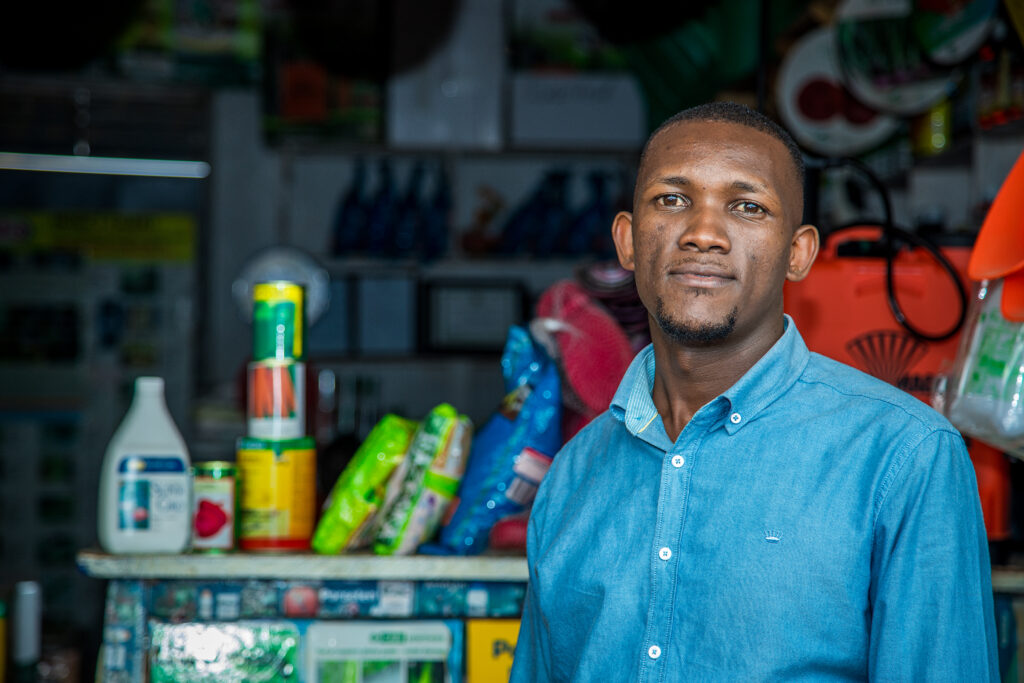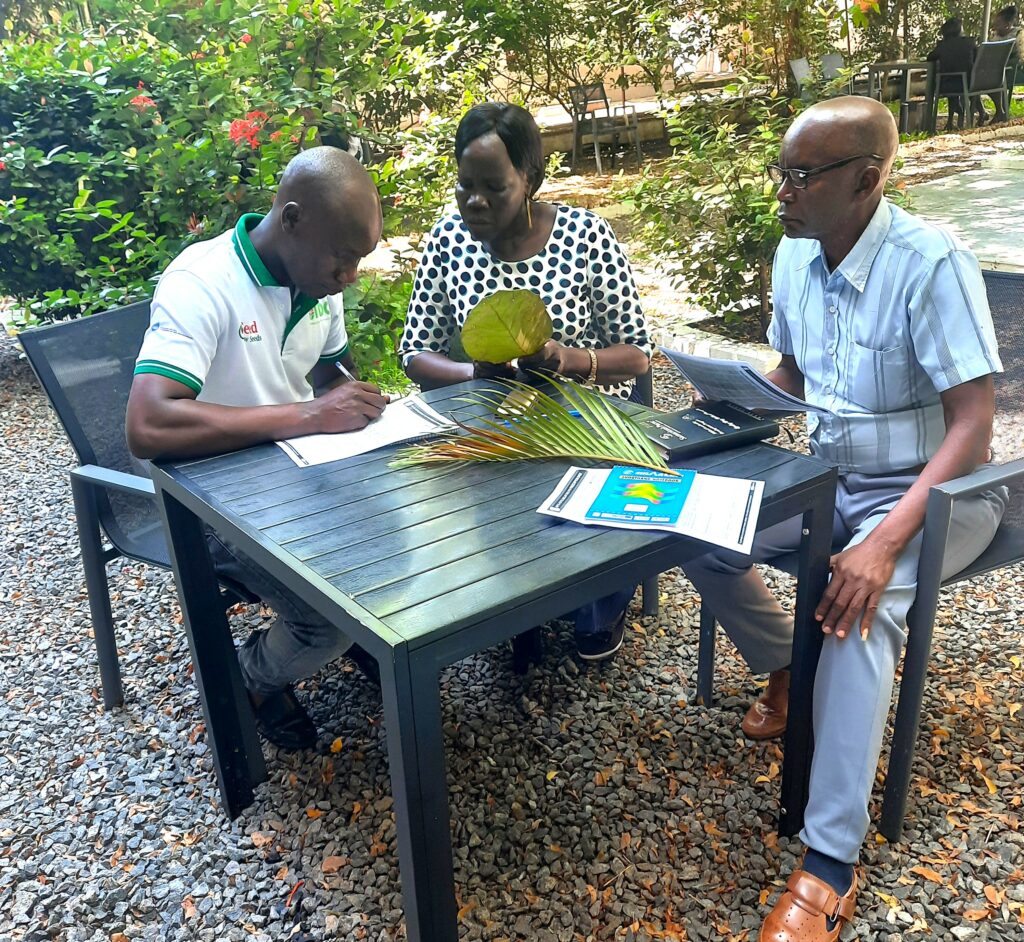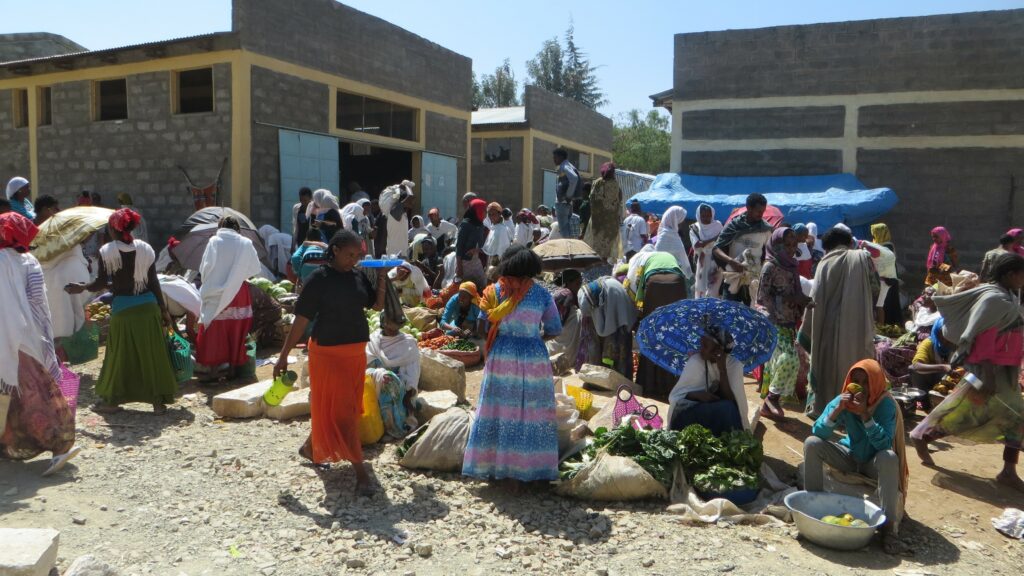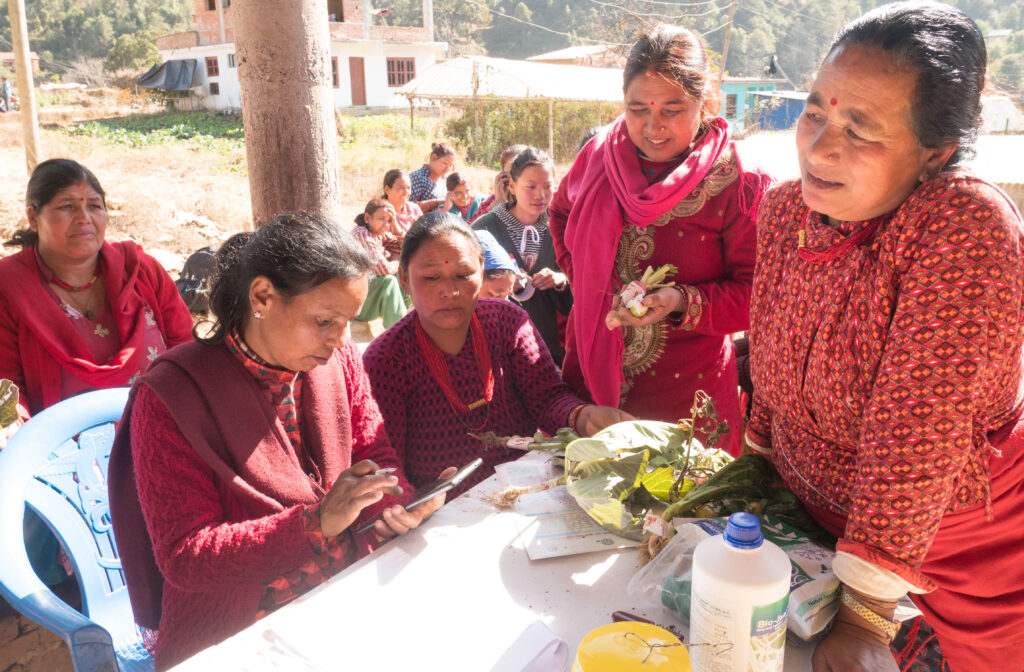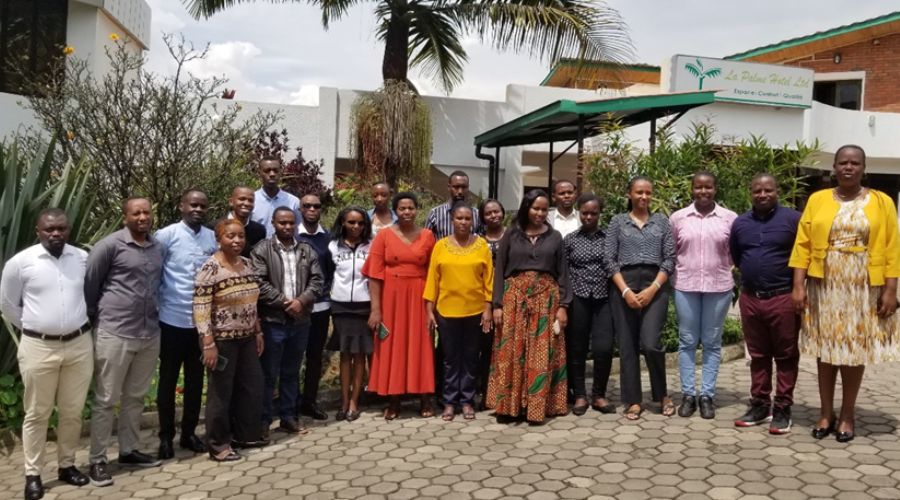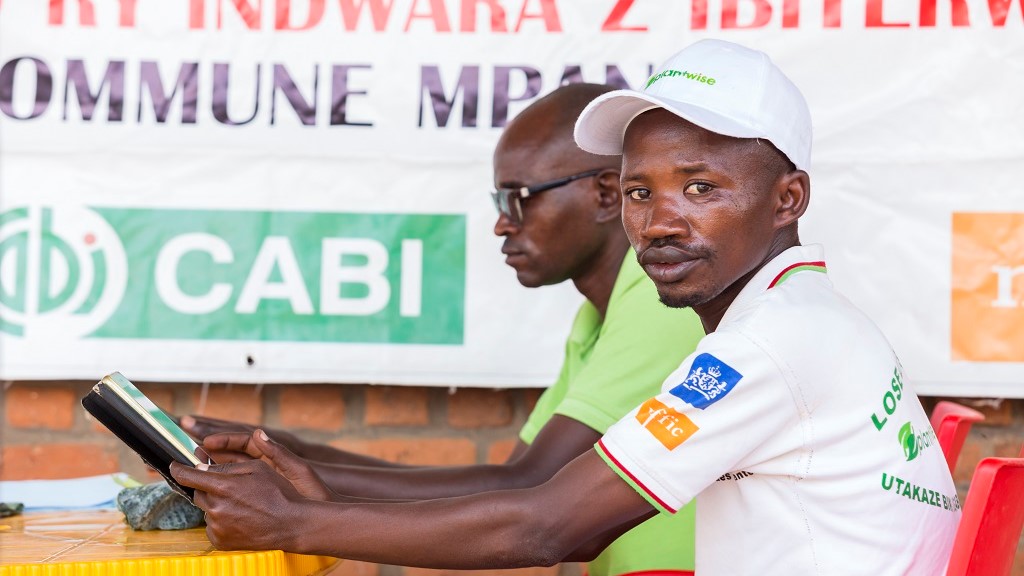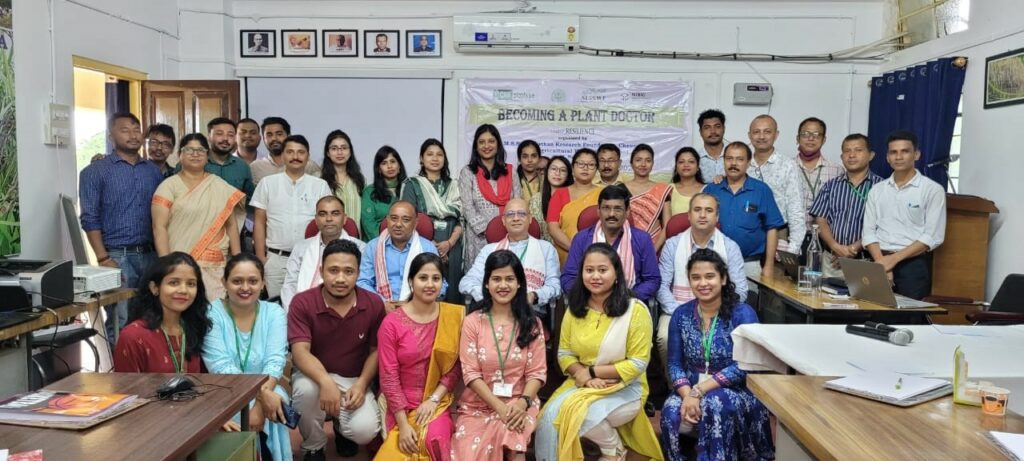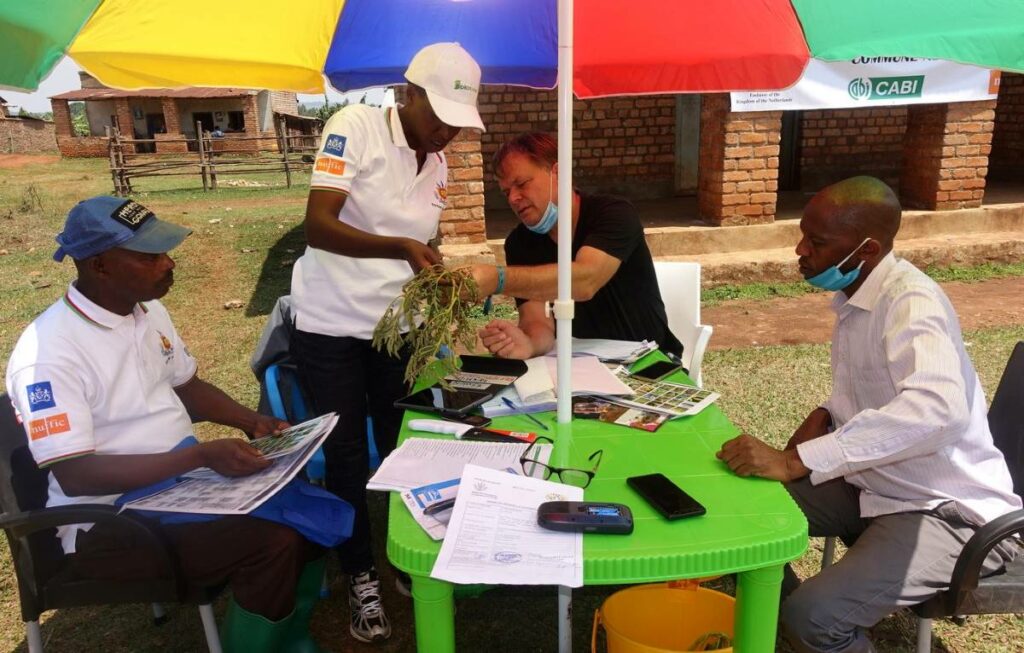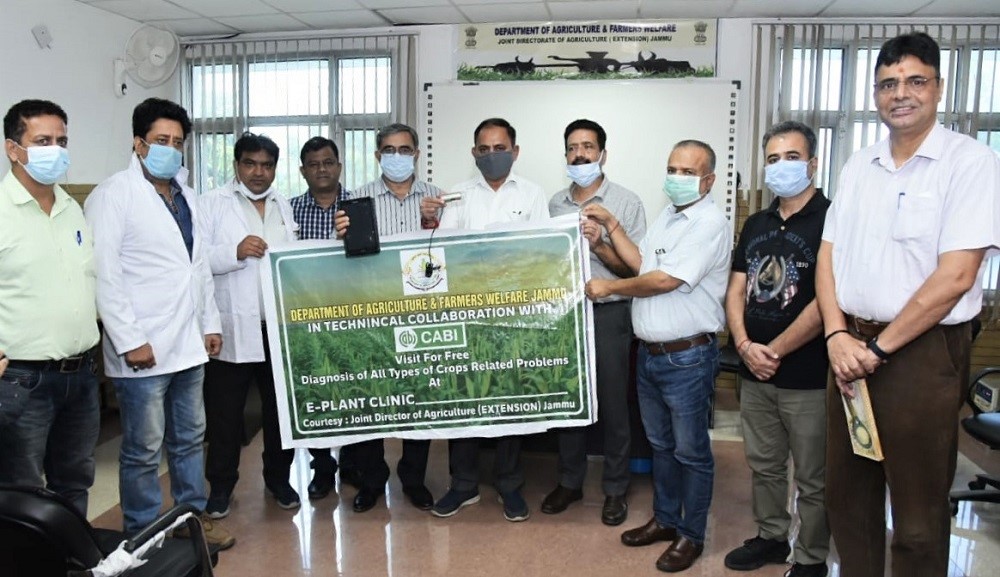Youth in agriculture: Meet Anthony Ssenyonga, an agri-entrepreneur in Uganda
Anthony Ssenyonga, 29, is an agro-input dealer, plant doctor, and entrepreneur whose innovative use of digital tools is supporting smallholder farmers in his community and beyond. He is a leader among the youth in agriculture in Uganda, inspiring other agri-entrepreneurs. Before his rise as a digital agricultural champion, Anthony was a small-scale vegetable farmer, helping…
Improving plant health in Papua New Guinea with plant doctor training
Plant clinics require trained agricultural extension workers to deliver this service to farmers. However, a lack of public extension workers to reach smallholder farmers with the crop advice they need can be a common problem in many countries.
PlantwisePlus delivers plant health ‘training of trainers’ in South Sudan
South Sudan’s agricultural sector is vital to its economy and employs most of the population. The FAO estimates that up to 95% of South Sudan relies on agriculture for income. Diverse crops like cassava, maize, groundnut and sorghum characterize farming here. However, agriculture in this East African nation faces challenges. Climate change and global warming,…
How plant doctor training supports smallholder farmers in Nepal
In Nepal, the International Development Enterprise (iDE) has introduced an approach to address the challenges smallholder farmers face in accessing agricultural inputs and advice. Known as Community Business Facilitators (CBFs), these individuals are local citizens trained to provide agricultural services within their communities. Some CBFs also train as plant doctors (CBF-PDs) through CABI’s PlantwisePlus programme,…
Plant doctor training improves Rwandan farmers’ access to plant health advice
A six-day Plantwise plant doctor training session took place in Rwanda this March. Funded by CABI, the training aimed to build the capacity of Rwanda Inspectorate, Competition and Consumer Protection Authority (RICA) staff in the diagnosis of crop pest problems, and providing advice to farmers.
Three types of training delivering plant health knowledge to Burundi’s farmers
How do you reach millions of farmers with tried-and-tested plant health advice? The answer is to train the plant health advisors. In Burundi, Plantwise has been doing just this. In March 2021, Plantwise started to train plant doctors in Burundi to deliver plant health advice to farmers. And five months later, in August, Plantwise was…
Plantwise Burundi: building extension skills and resources
The role of extension staff in reaching smallholder farmers with relevant agricultural information is key to enabling them to grow more and lose less to crop pests and diseases. The advice given on agricultural practices helps to improve crop quality and yield and to sell agricultural produce for better prices.
Plant doctors help in fight against crop threats in Jammu, India
The role Plantwise plant doctors play in helping smallholder farmers mitigate crop losses due to pests and diseases has been lauded by K.K. Sharma – the Director of Agricultural Production & Welfare Department in Jammu, India.

